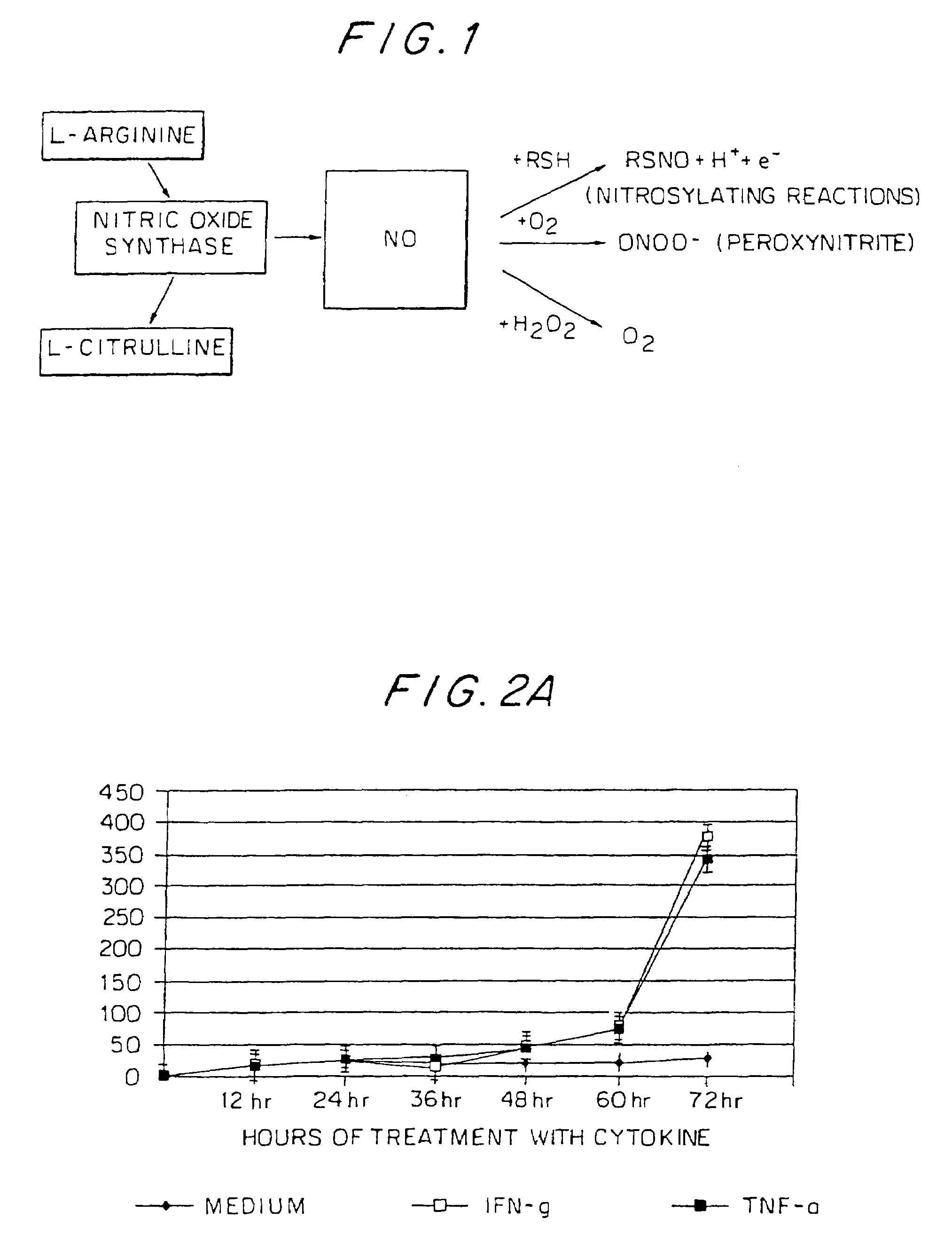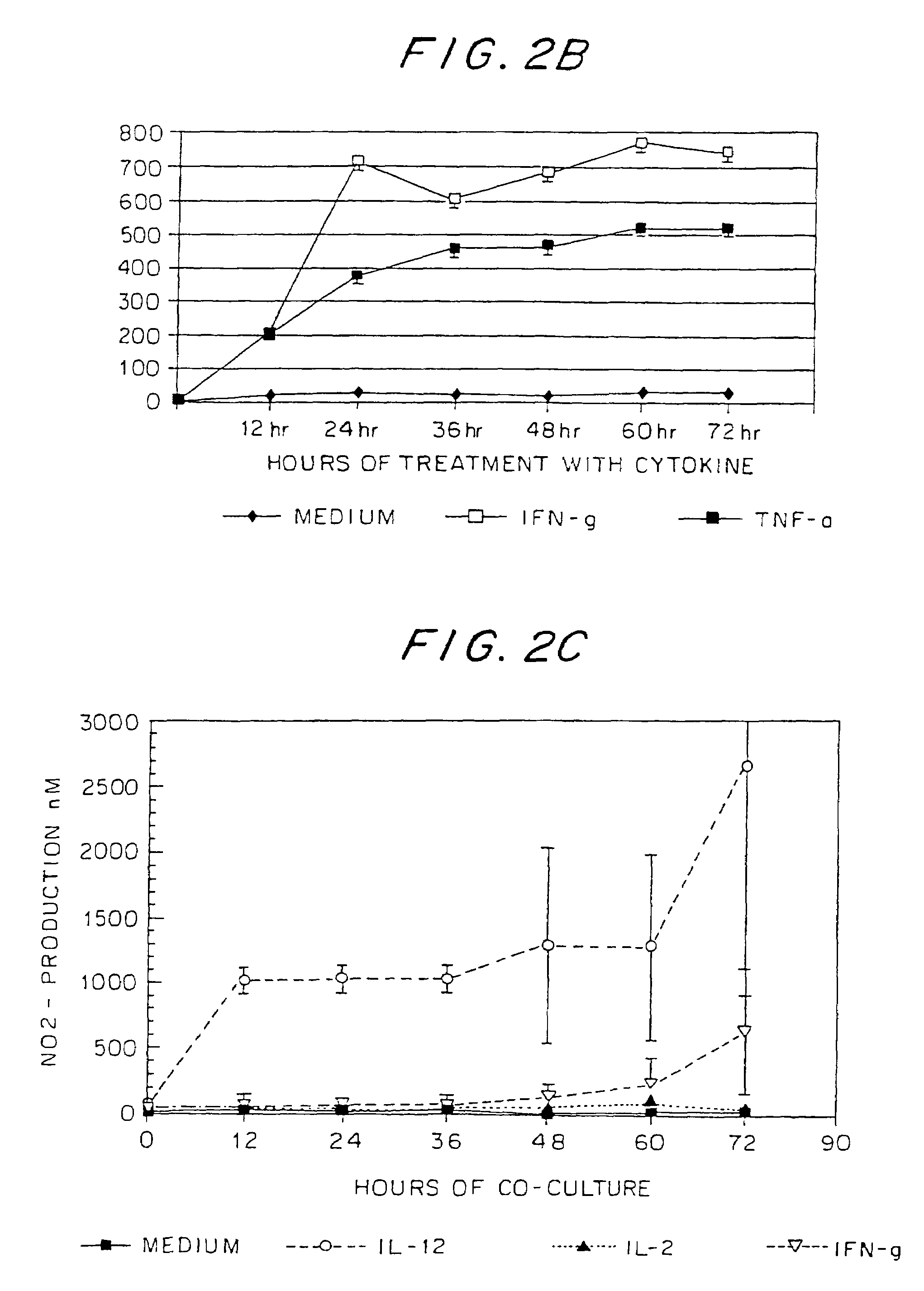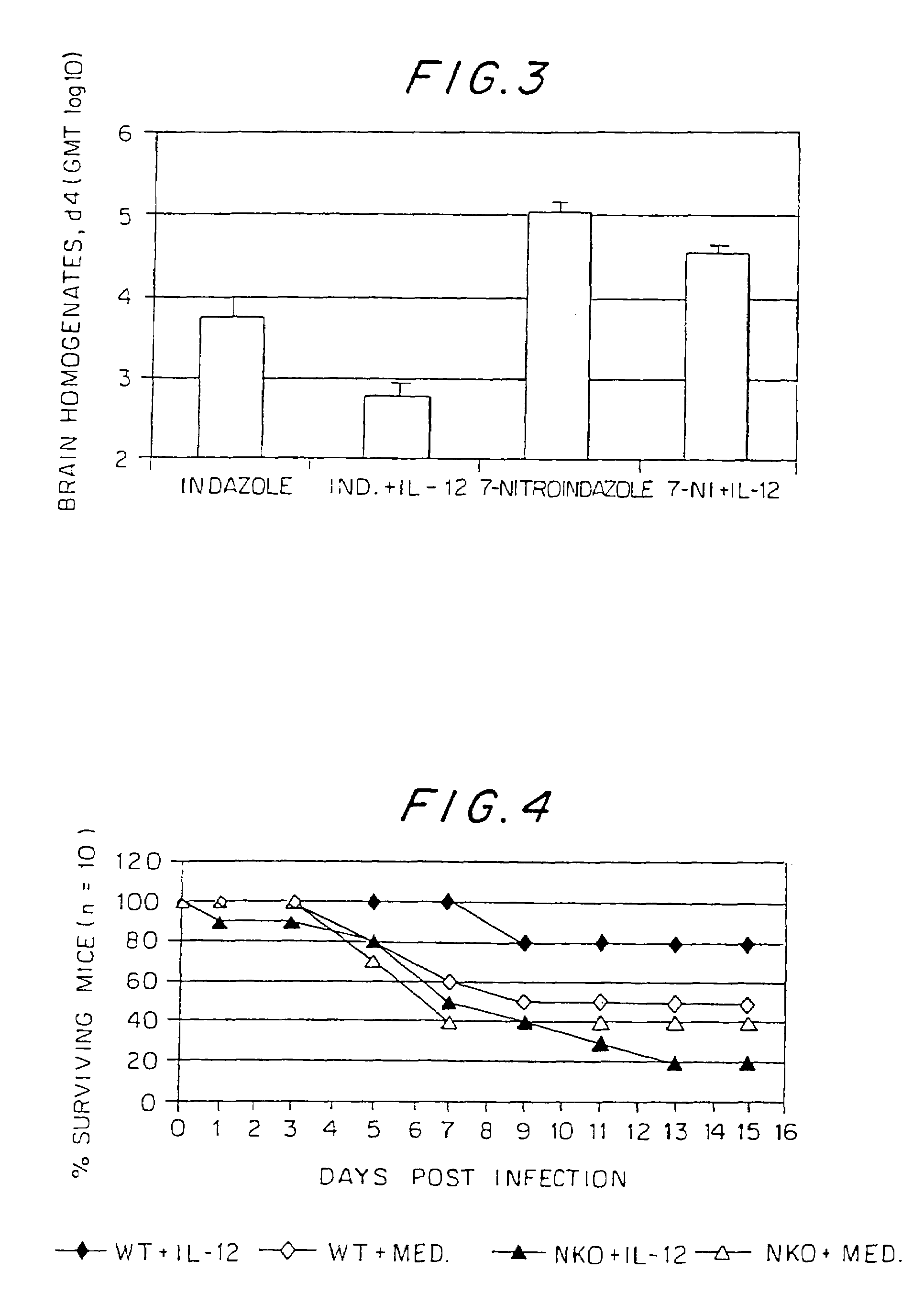Method for increasing the permeability of the blood brain barrier
a brain barrier and permeability technology, applied in the field of increasing the permeability of the blood brain barrier, can solve the problems of attenuating the increased permeability of the bbb, affecting the function of the bbb, and causing the individual to suffer
- Summary
- Abstract
- Description
- Claims
- Application Information
AI Technical Summary
Problems solved by technology
Method used
Image
Examples
Embodiment Construction
Vesicular stomatitis virus (VSV), a member of the Rhabdovirus family, is an enveloped, single-stranded, negative-sense RNA virus (Wagner, 1987). VSV encodes a single variable glycoprotein, a conserved matrix protein, a nucleoprotein, a large protein and phosphoproteins in overlapping reading frame (Wagner, 1987).
The natural host of VSV is the cow, and it is transmitted by an arthropod vector, commonly the sandfly. In cows, the infection is mild and causes the characteristic vesicle lesions in the oral cavity. There are two principal serotypes: Indiana and New Jersey (Clewley et al, 1977; Reichmann et al, 1978). Studies using VSV as a model system include viral entry (Fuller et al, 1984), membrane fusion (Bundo-Morita et al, 1988), targeting of proteins within cells (Lyles et al, 1988), viral assembly (Moyer et al, 1991), viral inhibition by interferons (Stewart, 1979), defective interfering viral particles (Browning et al, 1991; Huang et al, 1970), endogenous antigen presentation by...
PUM
| Property | Measurement | Unit |
|---|---|---|
| pH | aaaaa | aaaaa |
| volume | aaaaa | aaaaa |
| pH | aaaaa | aaaaa |
Abstract
Description
Claims
Application Information
 Login to View More
Login to View More - R&D
- Intellectual Property
- Life Sciences
- Materials
- Tech Scout
- Unparalleled Data Quality
- Higher Quality Content
- 60% Fewer Hallucinations
Browse by: Latest US Patents, China's latest patents, Technical Efficacy Thesaurus, Application Domain, Technology Topic, Popular Technical Reports.
© 2025 PatSnap. All rights reserved.Legal|Privacy policy|Modern Slavery Act Transparency Statement|Sitemap|About US| Contact US: help@patsnap.com



